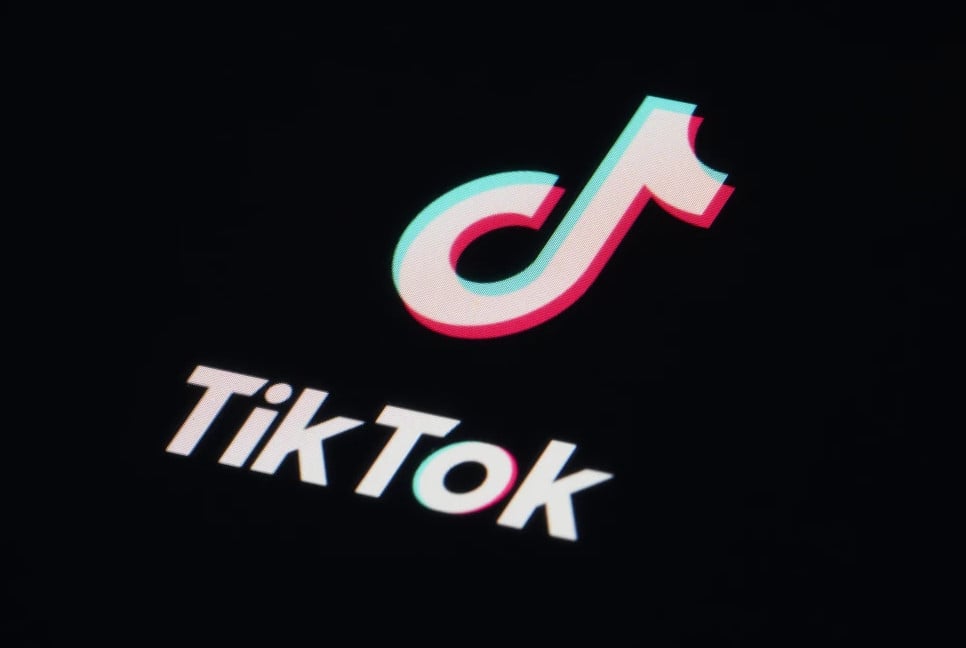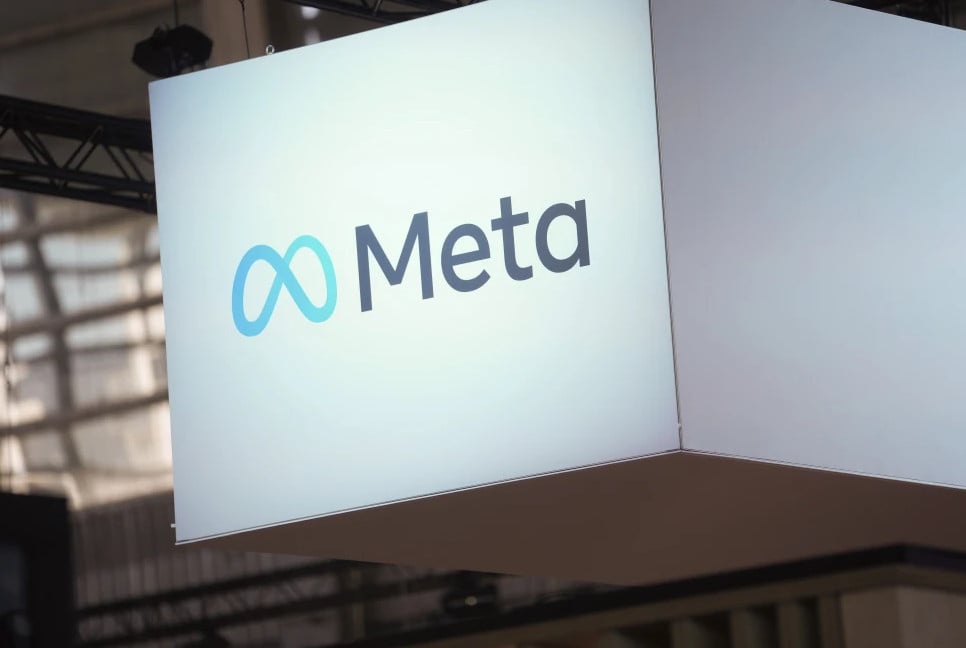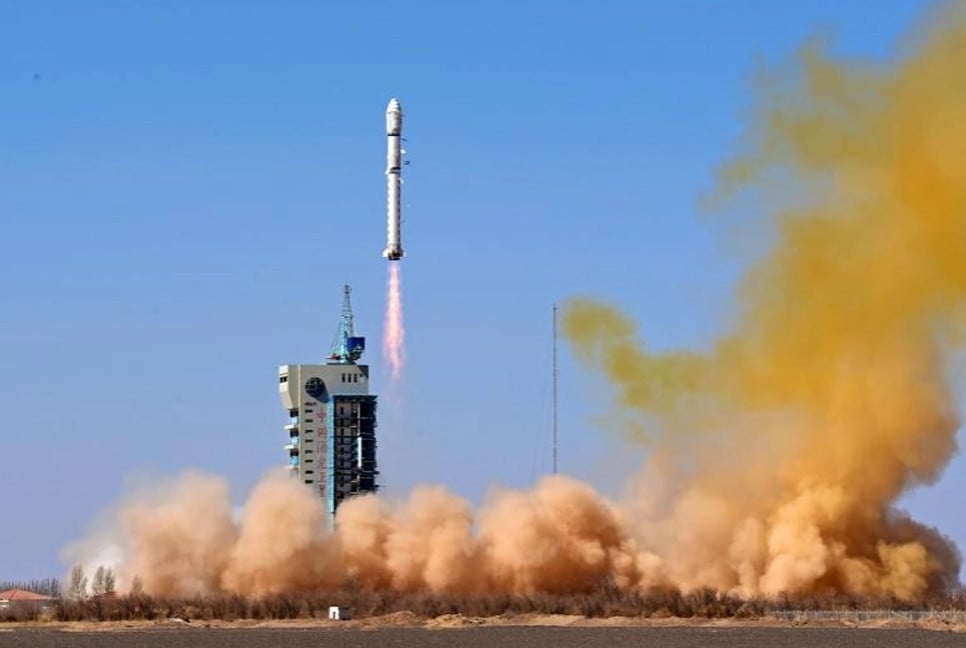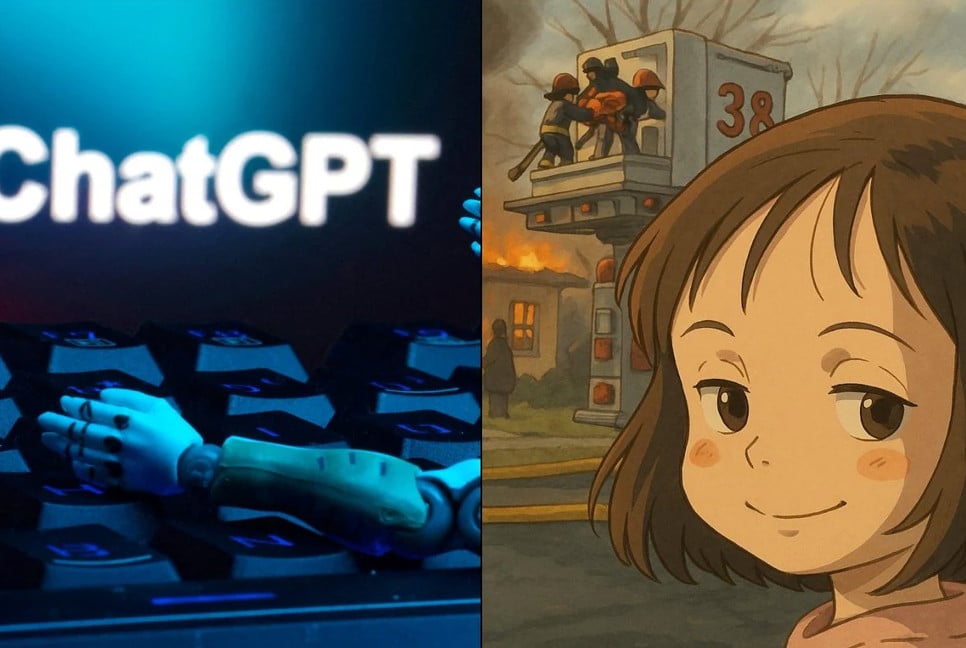AI models are being released at an astonishing rate by major tech companies like Google and startups such as OpenAI and Anthropic, making it difficult to keep up with the latest developments.
Adding to the confusion, these models are often promoted using industry benchmarks, but these metrics don’t always reflect how they are actually used by people and businesses.
To help navigate this, TechCrunch has put together a guide to the most advanced AI models launched since 2024, detailing their uses and strengths. The list will be regularly updated with new releases.
With over a million AI models in existence — HuggingFace alone hosts more than 1.4 million — this guide may not cover all models, some of which could outperform others in specific ways.
AI models released in 2025:
OpenAI o3-mini
This is OpenAI’s latest reasoning model and is optimized for STEM-related tasks like coding, math, and science. It’s not OpenAI’s most powerful model but because it’s smaller, the company says it’s significantly lower-cost. It is available for free but requires a subscription for heavy users.
OpenAI Deep Research
OpenAI’s Deep Research is designed for doing in-depth research on a topic with clear citations. This service is only available with ChatGPT’s $200 per month Pro subscription. OpenAI recommends it for everything from science to shopping research.
Mistral Le Chat
Mistral has launched app versions of Le Chat, a multimodal AI personal assistant. Mistral claims Le Chat responds faster than any other chatbot. It also has a paid version with up-to-date journalism from the AFP. Tests from Le Monde found Le Chat’s performance impressive, although it made more errors than ChatGPT.
OpenAI Operator
OpenAI’s Operator is meant to be a personal intern that can do things independently, like help you buy groceries. It requires a $ 200-a-month ChatGPT pro subscription. AI agents hold a lot of promise, but they’re still experimental: a Washington Post reviewer says the Operator decided on its own to order a dozen eggs for $31, paid with the reviewer’s credit card.
Google Gemini 2.0 Pro Experimental
Google Gemini’s much-awaited flagship model says it excels at coding and understanding general knowledge. It also has a super-long context window of two million tokens, helping users who need to quickly process massive chunks of text. The service requires (at minimum) a Google One AI Premium subscription of $19.99 a month.
AI models released in 2024:
DeepSeek R1
This Chinese AI model took Silicon Valley by storm. DeepSeek’s R1 performs well on coding and math, while its open-source nature means anyone can run it locally. Plus, it’s free. However, R1 integrates Chinese government censorship and faces rising bans for potentially sending user data back to China.
Gemini Deep Research
Deep Research summarizes Google’s search results in a simple and well-cited document. The service is helpful for students and anyone else who needs a quick research summary. However, its quality isn’t nearly as good as an actual peer-reviewed paper. Deep Research requires a $19.99 Google One AI Premium subscription.
Meta Llama 3.3 7B
This is the newest and most advanced version of Meta’s open-source Llama AI models. Meta has touted this version as its cheapest and most efficient yet, especially for math, general knowledge, and instruction following. It is free and open source.
OpenAI Sora
Sora is a model that creates realistic videos based on text. While it can generate entire scenes rather than just clips, OpenAI admits that it often generates “unrealistic physics.” It’s currently only available on paid versions of ChatGPT, starting with Plus which is $20 a month.
Alibaba Qwen QwQ-32B-Preview
This model is one of the few to rival OpenAI’s o1 on certain industry benchmarks, excelling in math and coding. Ironically for a ‘reasoning model,’ it has “room for improvement in common sense reasoning,” Alibaba says. It also incorporates Chinese government censorship, TechCrunch testing shows. It’s free and open source.
Anthropic’s Computer Use
Claude’s Computer Use is meant to take control of your computer to complete tasks like coding or booking a plane ticket, making it a predecessor of OpenAI’s Operator. Computer use, however, remains in beta. Pricing is via API: $0.80 per million tokens of input, and $4 per million tokens of output.
x.AI’s Grok 2
x.AI, the Elon Musk-owned AI company, has launched an enhanced version of its flagship Grok 2 chatbot it claims is “three times faster.” Free users are limited to 10 questions every two hours on Grok, while subscribers to X’s Premium and Premium+ plans enjoy higher usage limits. x.AI also launched an image generator, Aurora, that produces highly photorealistic images, including some graphic or violent content.
OpenAI o1
OpenAI’s o1 family is meant to produce better answers by “thinking” through responses through a hidden reasoning feature. The model excels at coding, math, and safety, OpenAI claims, but has issues deceiving humans, too. O1 requires subscribing to ChatGPT Plus, which is $20 a month.
Anthropic’s Claude Sonnet 3.5
Claude Sonnet 3.5 is a model Anthropic claims as best-in-class. It’s become known for its coding capabilities and is considered a tech insider’s chatbot of choice. The model can be accessed for free on Claude although heavy users will need a $20 monthly Pro subscription. While it can understand images, it can’t generate them.
OpenAI GPT 4o-mini
OpenAI has touted GPT 4o-mini as its most affordable and fastest model yet thanks to its small size. It’s meant to enable a broad range of tasks like powering customer service chatbots. The model is available on ChatGPT’s free tier. It’s better suited for high-volume simple tasks compared to more complex ones.
Cohere Command R+
Cohere’s Command R+ model excels at complex Retrieval-Augmented Generation (or RAG) applications for enterprises. That means it can find and cite specific pieces of information really well. (The inventor of RAG actually works at Cohere.) Still, RAG doesn’t fully solve AI’s hallucination problem.
Source: TechCrunch
Bd-pratidin English/Fariha Nowshin Chinika




































































